How to Survive Cocodona 250: Fueling, Strategy, and Mental Grit
1 Comments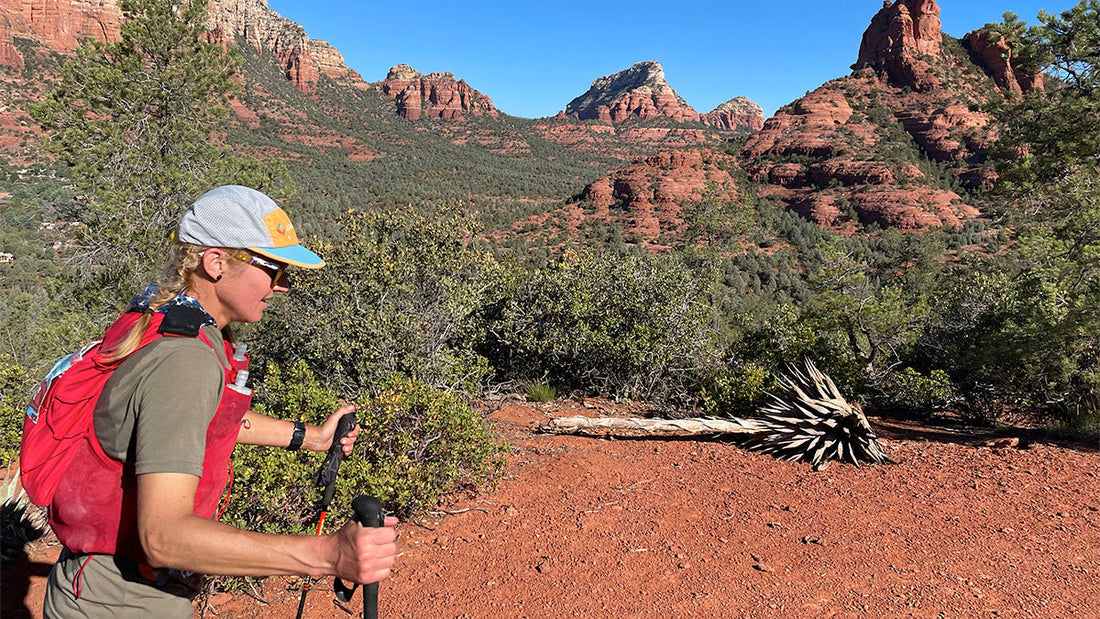
Key Takeaways:
-
A consistent fueling plan is essential for multi-day ultramarathons
-
Liquid calories can be easier to tolerate than solids over long distances
-
Aid station strategy and crew planning are critical to staying on track
-
A strong mindset is just as important as fitness or nutrition
What Makes Cocodona 250 So Challenging?
The Cocodona 250 is a beast. It covers 250 miles of varied Arizona terrain, including hot desert stretches, forested climbs, technical singletrack, and major elevation changes. Most runners take four to five days to finish, dealing with sleep deprivation, unpredictable weather, and deep physical fatigue.
Success comes from more than just fitness. It takes smart pacing, mental toughness, and a fueling strategy you can count on.
How to Fuel for a Multi-Day Ultra
Eating and drinking consistently is one of the most important parts of finishing Cocodona. Many runners rely on liquid nutrition, such as Tailwind Endurance Fuel, to get steady calories, hydration, and electrolytes without upsetting their stomach.
Sipping a bottle per hour helps maintain energy and avoid the crashes or GI issues that can come with gels or heavy solid foods. Between longer efforts, Recovery Mix supports muscle repair with protein and carbohydrates, helping you bounce back faster.
Real Food Still Matters
Even if liquid fueling is your base, you’ll want variety. When fatigue sets in, real food can boost morale and help prevent palate fatigue. Some ultra-friendly options include:
Rice or oatmeal
Mashed potatoes
Ramen or broth
Avocados or nut butter
Tailwind Recovery Mix with water or milk
Stick to foods you've trained with that are easy to digest and appealing after long miles.
Crew Support and Aid Station Strategy
Planning ahead with your crew and aid stations is key. Whether you're using drop bags or have a dedicated crew, make sure your fueling plan is clearly labeled and easy to follow.
Pack pre-mixed bottles with instructions, rotate flavors to keep things fresh, and include extra calories for later miles. Simple comforts like a clean pair of socks, wet wipes, or fresh layers can also go a long way for mental refresh.
The Mindset You Need to Keep Going
Mental fatigue is part of any multi-day ultra. Break the race into smaller goals, focus on reaching the next aid station, and use simple mantras to keep yourself moving. Expect highs and lows. Stick to your fueling plan and keep showing up.
Final Thought
Cocodona 250 is one of the most demanding ultras out there. With a strong fueling strategy, gear you trust, a solid crew plan, and a resilient mindset, you’ll set yourself up for success. Tailwind makes the nutrition part simple, giving you one less thing to worry about in those 250 miles.
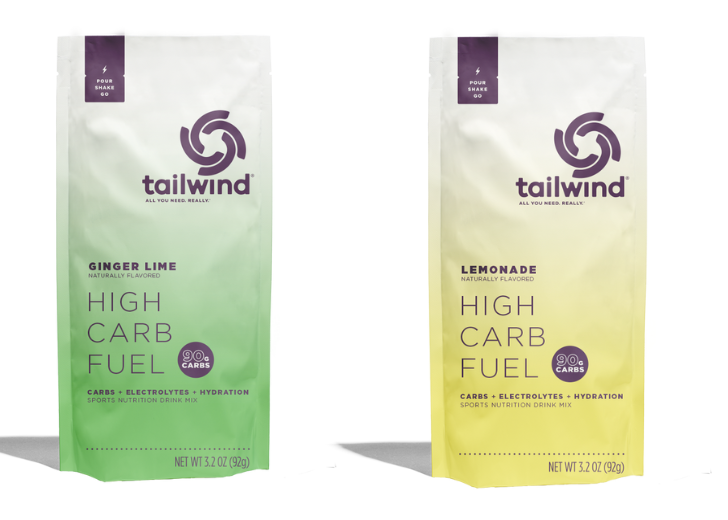
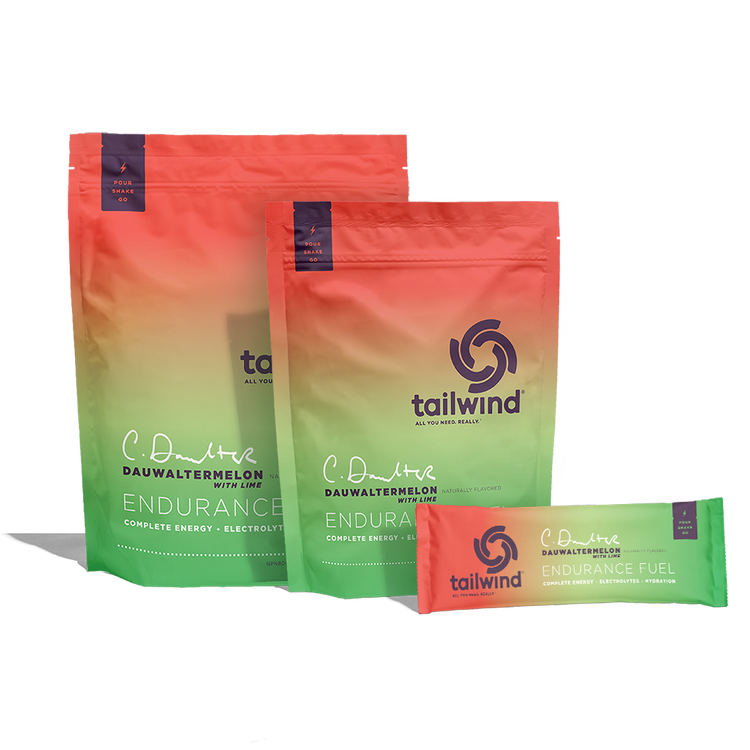
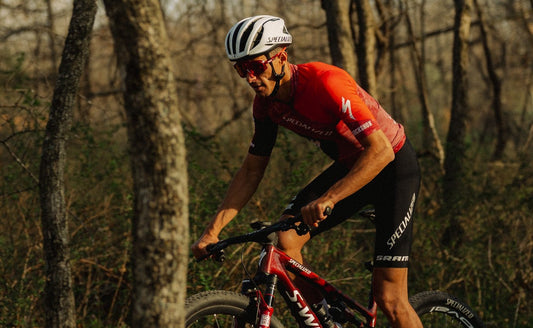
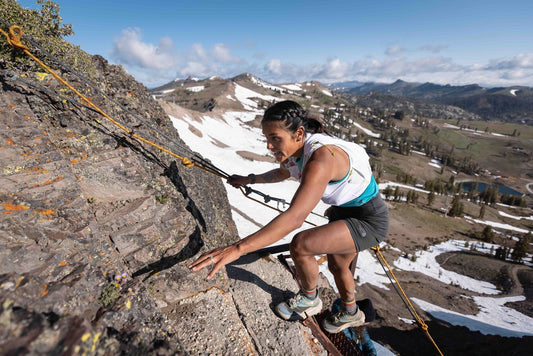
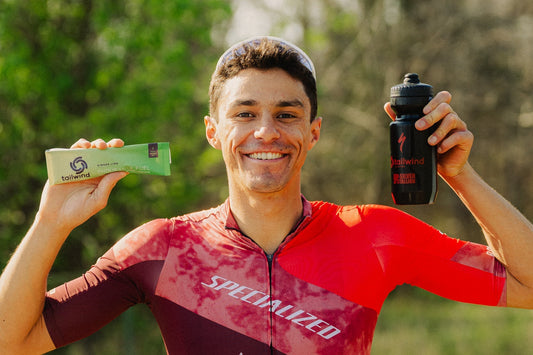
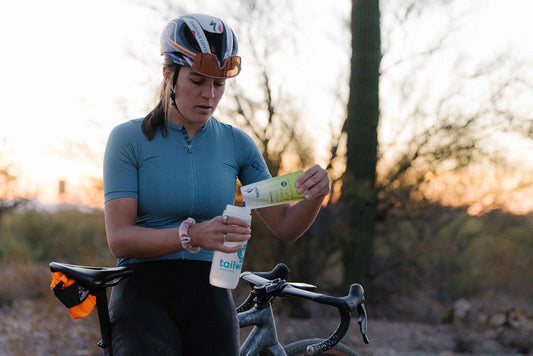

1 comment
This was awesome, I´ve just strted training for ultra and found cocodona on youtube and love reading and watching how ou all make your way through it, loved the detailed infromation here. Maybe in several years ahead I might go to the states and try it, who knows, for now, cudos to you!